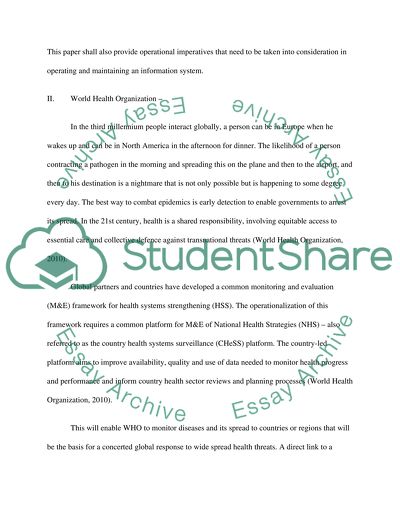Cite this document
(“Applying relevant literature, discuss the challenges facing health Essay”, n.d.)
Retrieved from https://studentshare.org/family-consumer-science/1406844-applying-relevant-literature-discuss-the
Retrieved from https://studentshare.org/family-consumer-science/1406844-applying-relevant-literature-discuss-the
(Applying Relevant Literature, Discuss the Challenges Facing Health Essay)
https://studentshare.org/family-consumer-science/1406844-applying-relevant-literature-discuss-the.
https://studentshare.org/family-consumer-science/1406844-applying-relevant-literature-discuss-the.
“Applying Relevant Literature, Discuss the Challenges Facing Health Essay”, n.d. https://studentshare.org/family-consumer-science/1406844-applying-relevant-literature-discuss-the.


